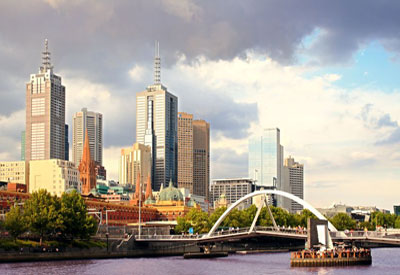Geography of Israel: Important Geographical Information about Israel
In this Country Profile
Israel, with its spectrum of physical features, has a very diverse geography, with desert conditions in the south, and snow-capped mountains in the north. The south of the country is as already mentioned, dominated by the incredible arid region, the Negev desert which covers some 12,000 sq. km, at least 55% of the country’s land area. The north of the Negev contains the breathtaking Judean Desert, bordered by the Mountains of Judea to the west and by the Dead Sea to the East, which, at -408 meters is the lowest point on Earth. The highest point in Israel’s internationally recognized territory is the fascinating Mount Meron at 1,208 m. Israel may be divided into 4 physiographic regions:
Mediterranean Coastal Plain: the narrow coastal plain along Israel’s Mediterranean Sea stretches 187 km from the Lebanese border in the north to Gaza, interrupted only by Cape Carmel at Haifa Bay. The fertile and humid region is divided into a number of areas; the Plain of Zebulun (north of Haifa), Hof HaCarmel (from Haifa to Mount Carmel), the Sharon plain (from Mount Carmel to Tel Aviv), and the Plain of Judea (from Tel Aviv to Zikim).
The Central Hills: in the north of the Israeli Central Hills lie the mountains and hills of Upper Galilee and Lower Galilee. The highest point in Israel’s internationally recognized territory is in the Central Hills, the fascinating Mount Meron at 1,208 m. South of the Galilee, are the Samarian Hills with numerous small, fertile valleys rarely reaching the height of 800 meters. South of Jerusalem are the mainly barren Judean Hills, including Mount Hebron.
Jordan Rift Valley: East of the central highlands lies the Jordan Rift Valley, an elongated depression, which is a small part of the 6,500 kilometers long Syrian-East African Rift. In Israel the Rift Valley includes the Jordan River, Hula Valley, Lake Tiberias and the Dead Sea. The Jordan, Israel’s largest river (322 km).
Negev Desert: The Negev Desert, a region dominated by limestone and chalk, comprises 12,000 square kilometers, more than half of Israel’s total land area. Mark Twain described the Negev Desert in “The Innocents Abroad” as “a desolation that not even imagination can grace with the pomp of life and action”. Unique to the Negev region are the craterlike makhteshim cirques; Makhtesh Ramon, Makhtesh Gadol and Makhtesh Katan. The Negev is also sub-divided into five different ecological regions: northern, western and central Negev, the high plateau and the Arabah Valley.

Sorry, the comment form is closed at this time.